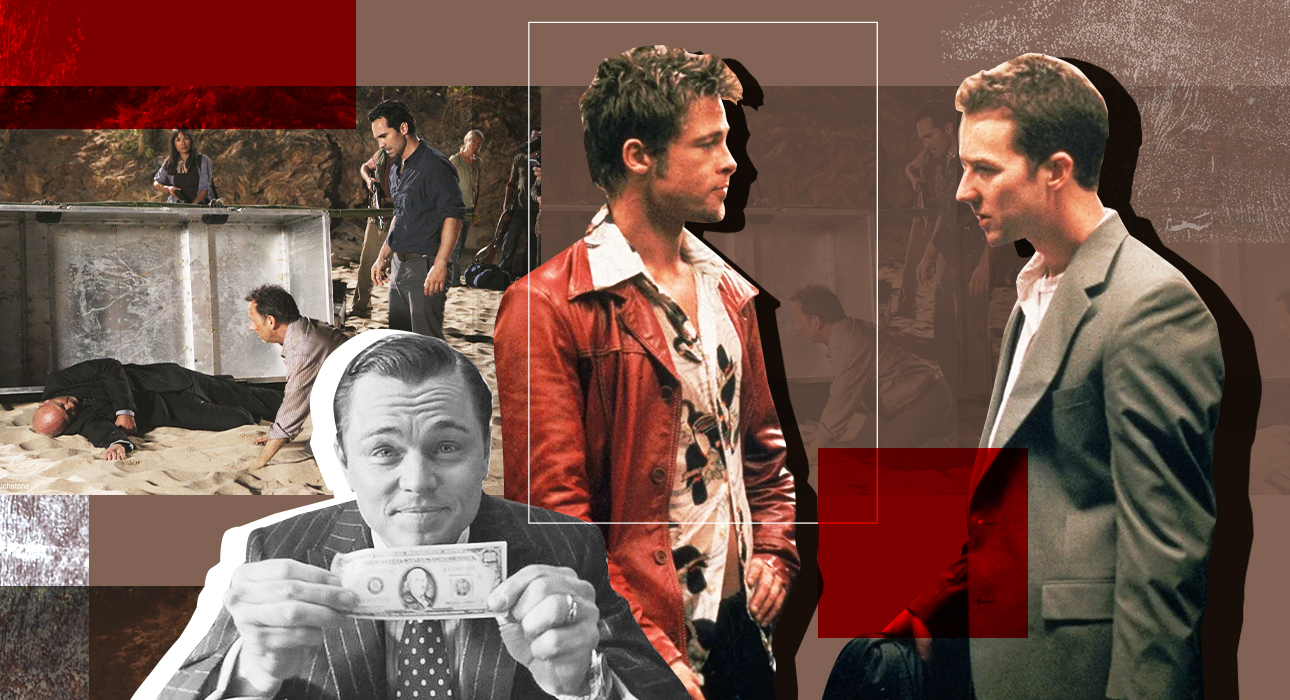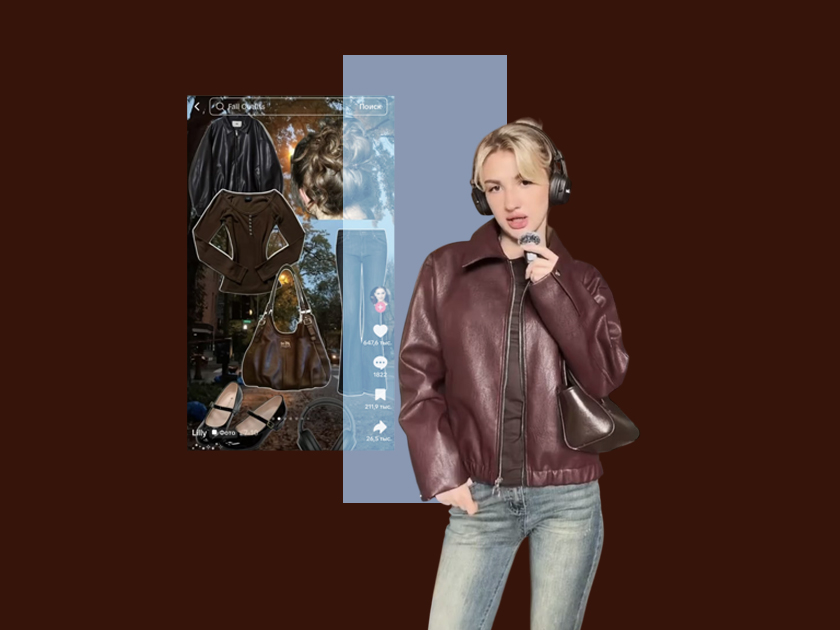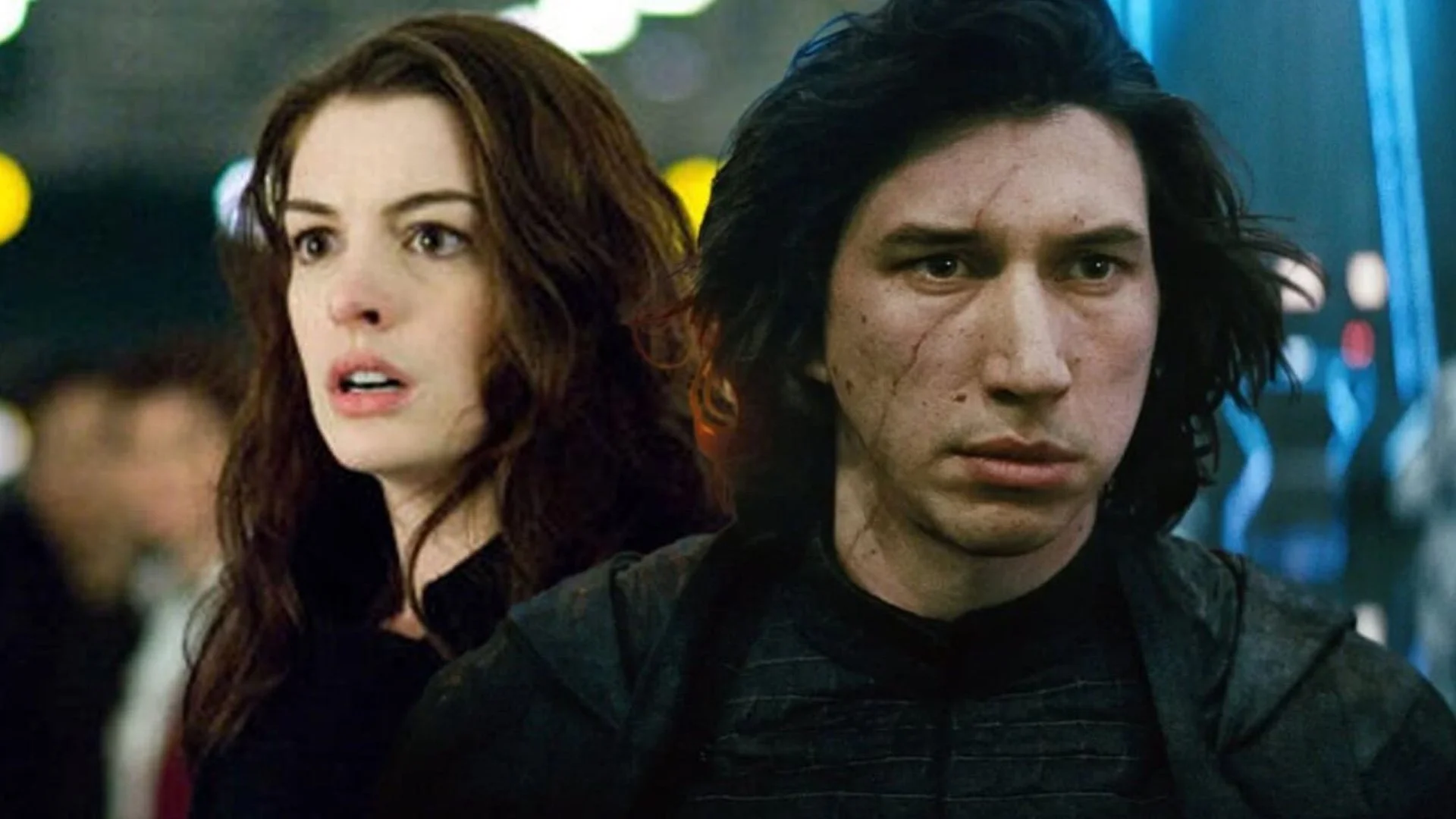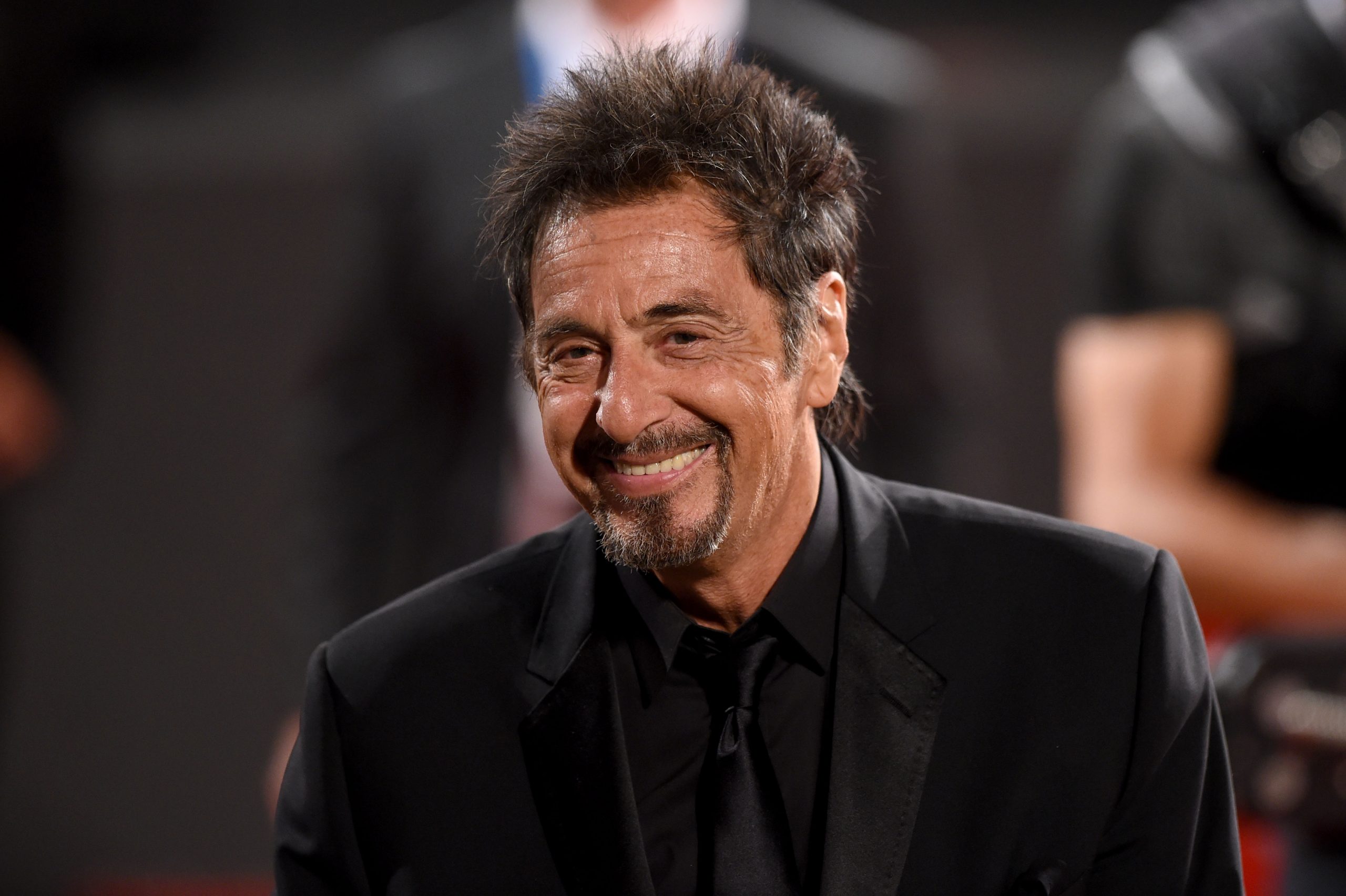“I’ll watch one more episode, that’s it,” we promise ourselves, but we continue until it’s dark outside and our eyelids start to close on their own.
What clever tricks do showrunners and directors use to keep viewers glued to the screen?
Why are we ready to review some stories several times, while others are turned off almost from the first minutes? What is the phenomenon of Turkish and Latin American TV series that have been successfully breaking viewing records for many years? So why do we blame ourselves when we don’t have time to watch a new movie? We tell you what exciting events are and how they affect our consciousness.
What are exciting situations and how do they affect us?
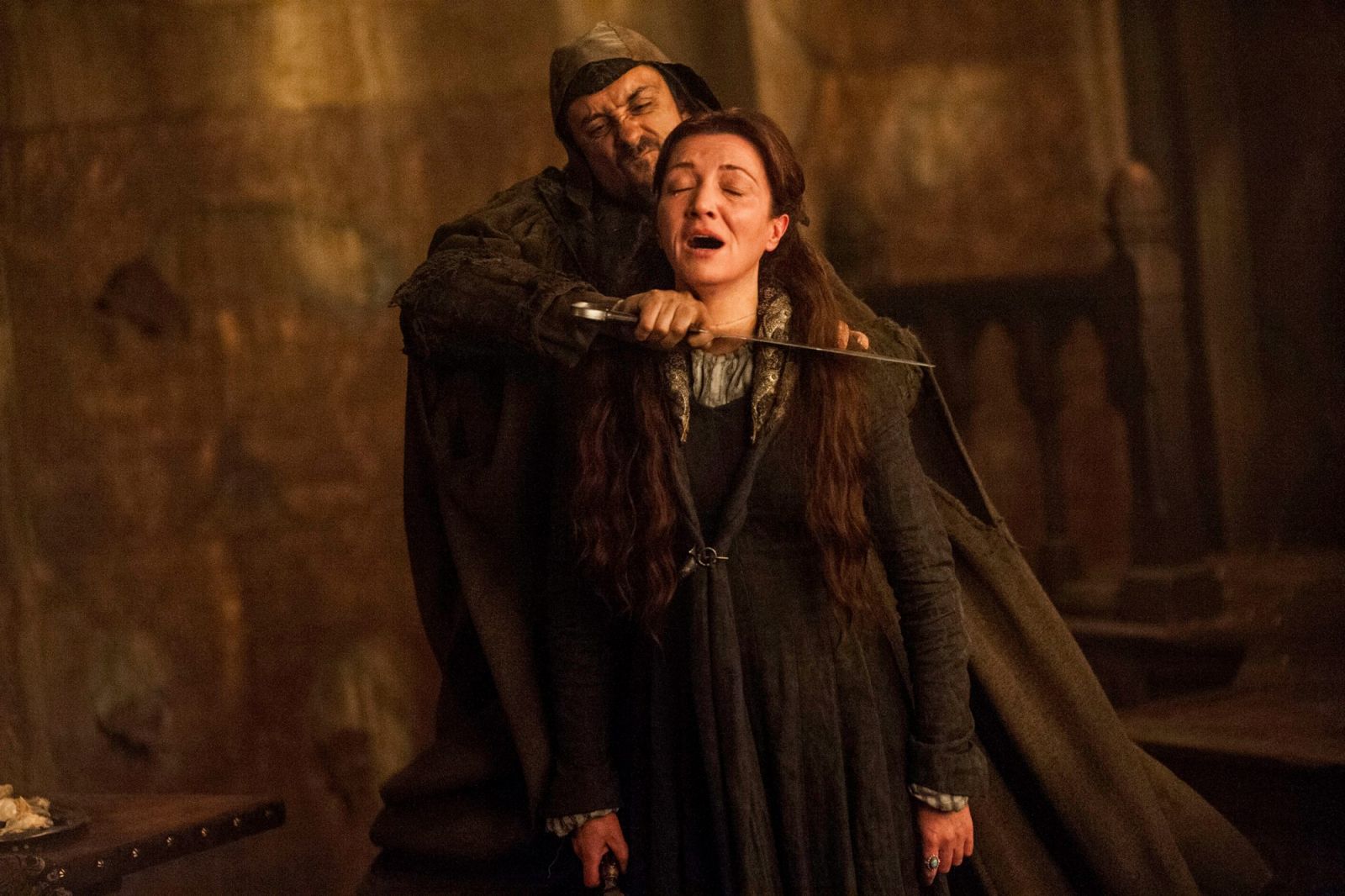
Recently, the word “binge-watching” appeared in everyday speech, which is a tracing paper from the English language (Binge-watching) and means watching some content in one gulp, such as TV series or reels on social networks. . Suffice it to recall how viewers around the world passionately discussed the new episode of Lost, Breaking Bad and Game of Thrones. Many rewatched all the seasons and made their own predictions about the fate of the heroes. And of course, against the backdrop of popularity, fandoms have grown in which fans ship heroes from fan fiction, create memes, stage cosplays, and discuss.
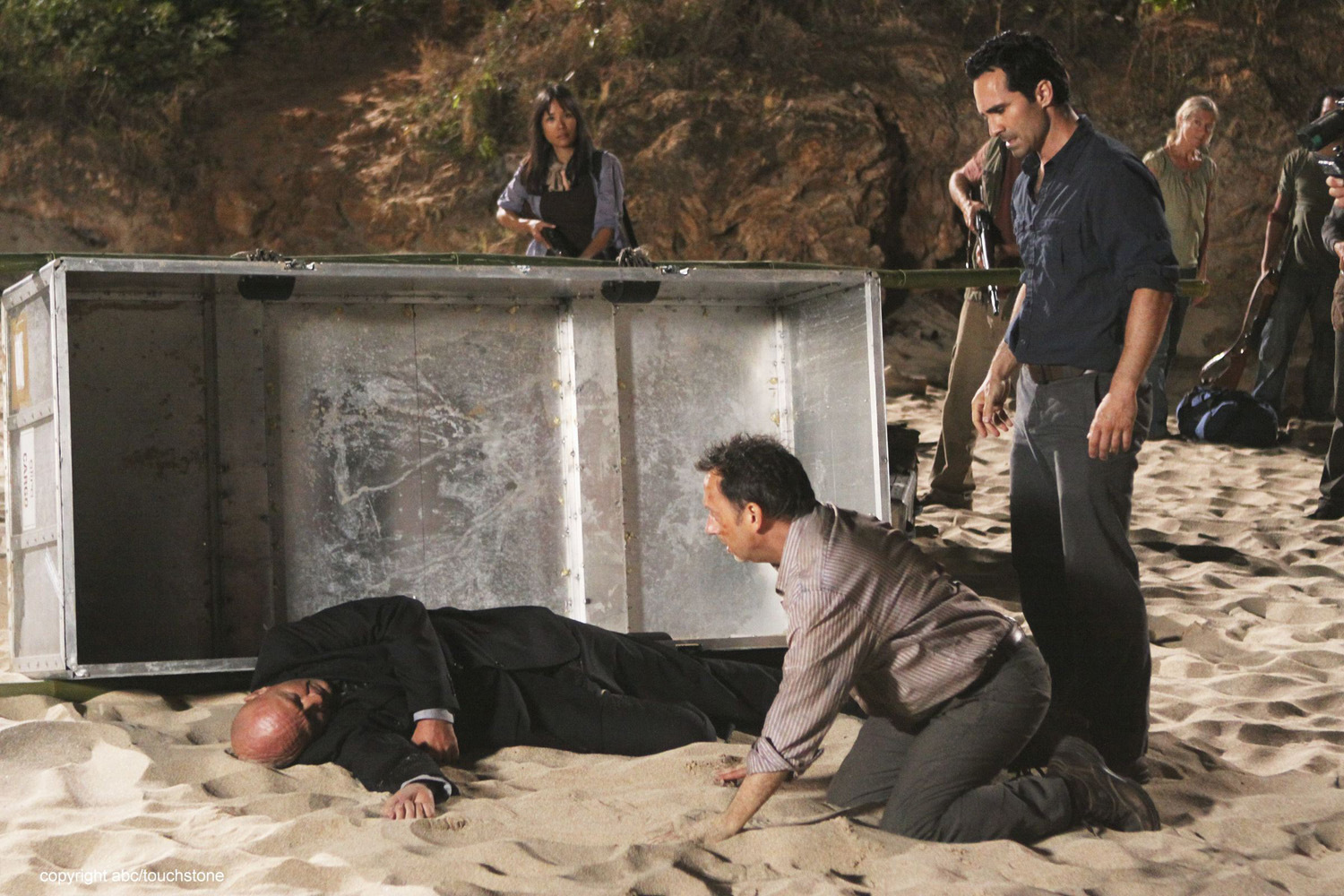
Of course, when there is so much excitement, people who have not watched even a single episode feel like a stranger. This creates the profit loss syndrome or FOMO effect (fear of missing out). This phenomenon is not new in itself, but it has gained a broader dimension with the rapid development of technology. At the same time, audiences have become more discerning, so the success of a series is determined by quality. To attract more viewers, filmmakers have many tricks in their arsenal. And often they resort to exciting events when the story ends at the most interesting point.
In English, Cliffhanger literally means “clinging to the cliff”. This concept is clearly seen in a scene from the Korean thriller Oldboy, where the protagonist literally clings to the side of a tall building as cars speed past below. We don’t yet know the hero’s name or why he’s in this situation, but we’re already worried about what will happen to him next; Will he crash or survive? It is this element of tension that many TV series rely on.
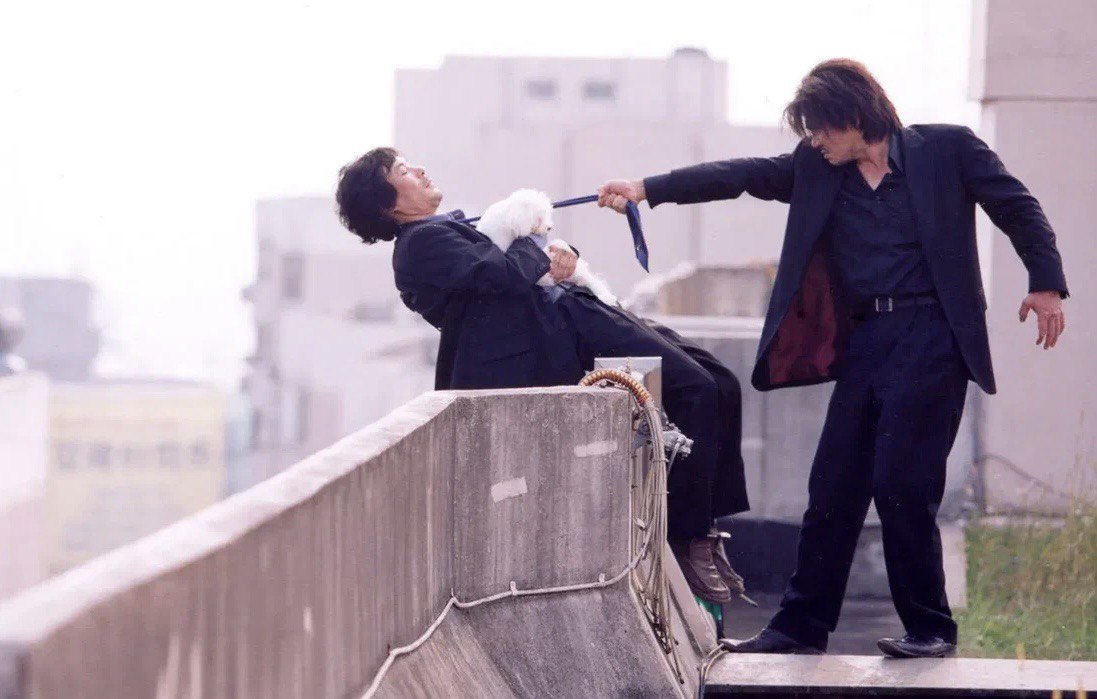
Why are we so interested in the fate of a character we don’t know? Based on what signs does the viewer identify himself with a hero who is nothing like him?
First of all, our attention is very selective. For example, we get used to the sound of wheels when a train is moving, but if the locomotive suddenly brakes, we will remember not only that we almost fell, but also the people around us – what they were wearing and what they were wearing. What were they talking about? Our brain evaluated the situation as potentially dangerous and therefore remembered it so well. Therefore, when watching movies, we remember the moments of murders, accidents, surgeries and other intrigues that are one way or another connected with death. The fact is that at the moment of danger there is an increase in adrenaline and cortisol, which are activation and stress hormones.
Filmmakers know this and are deliberately playing with our emotions. This is clearly seen in Turkish and Latin American TV series, where each episode ends with a revelation, death, or character falling into an unpleasant situation. Because our brain always anticipates the development of events, we reflexively continue to worry about the fate of the heroes. We need to know they are okay to put our minds at ease, so we look forward to more.
Examples of exciting movies that still fascinate us today
Shooting “from the Dutch perspective”
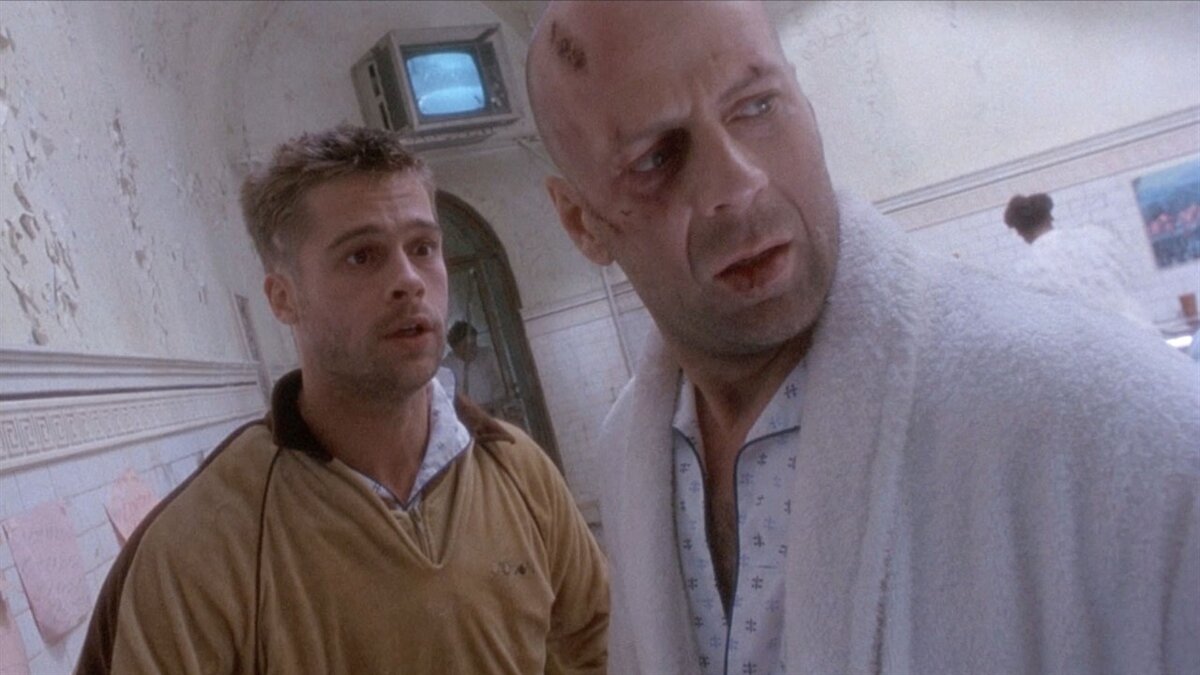
The term “Dutch angle” refers to a shot where the result is a “full” frame, meaning the actors are filmed with a slanted horizon line. Using this technique, the director shows the tense state of the hero. The viewer senses that some kind of horror is about to happen. For example, in the movie 12 Monkeys, Terry Gilliam filmed almost all the scenes in the psychiatric hospital where the characters Bruce Willis and Brad Pitt were located.
One shot action
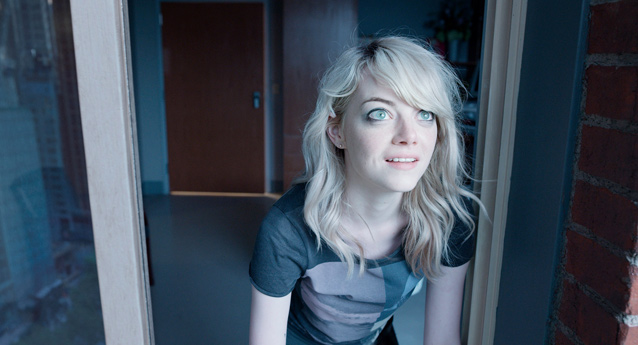
The long shot also becomes an “anchor of attention” for the viewer. This technique is used as a climactic event at the end of Birdman, where Michael Keaton’s character climbs out of the window and then his daughter, played by Emma Stone, leans out. And we see how the expression on his face changes from fear to happiness. At first, the viewer does not understand what to be happy about, because it is obvious that the hero committed suicide, but then the camera moves away and we see the building from a bird’s eye view. The hero’s body was nowhere to be found. Only later do we realize that Keaton’s hero is floating above the city with the help of wings.
Audio ends)
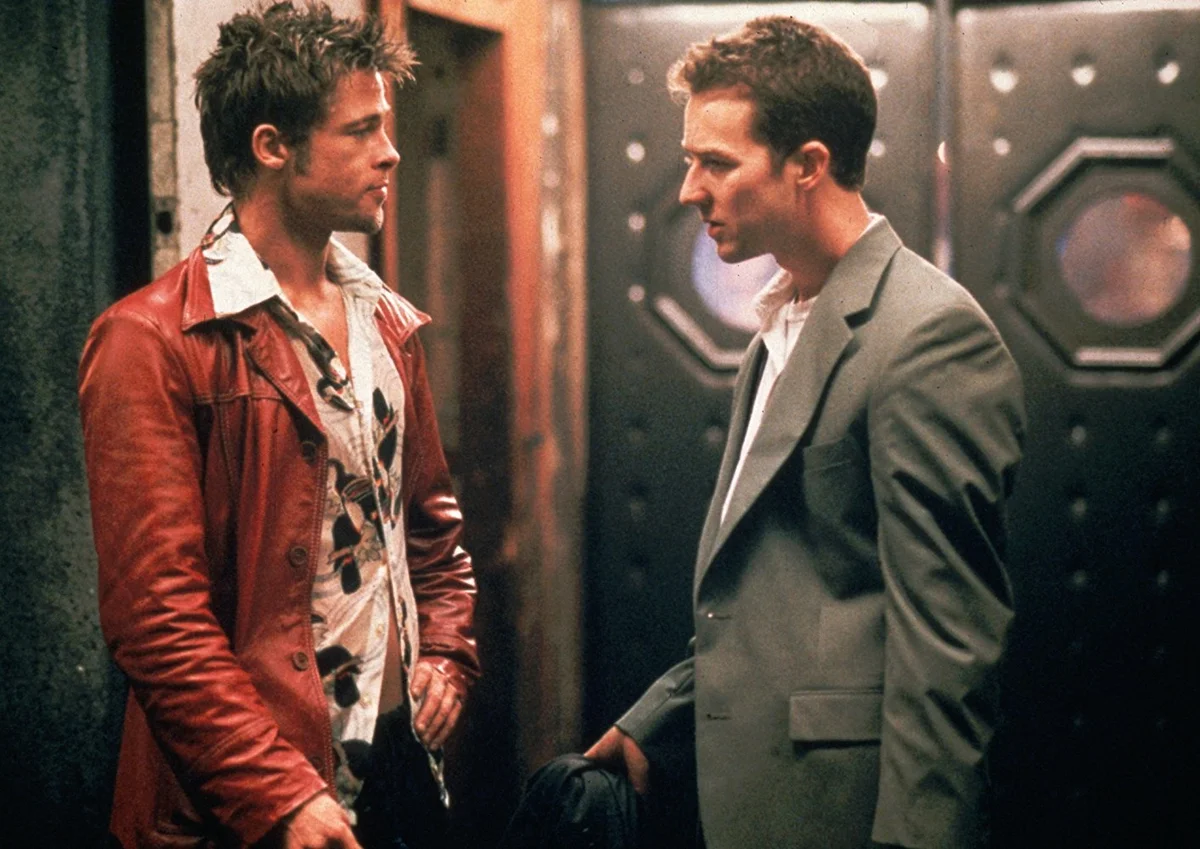
Ideally, the voiceover should not comment on the picture the viewer has already seen, but should provide some new information. For example, in the series “Why Women Kill” the main character remembers how her daughter died: while she is washing the dishes, we hear the sound of a blow and the voices of the neighbors. However, she then realizes that something terrible has happened and runs into the street. So we understand that your daughter was hit by a car. Another example is when the voiceover in Fight Club says: “People often ask me if I know Tyler Durden.” Only later does the viewer realize that Edward Norton’s character has a split personality.
transtrav
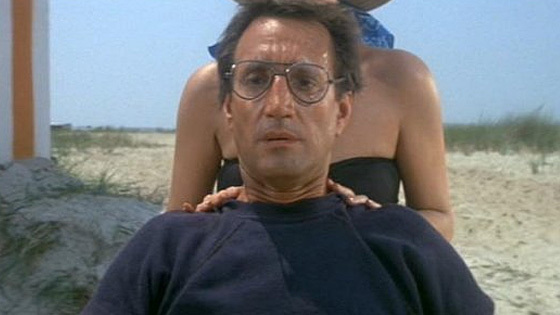
Transtrave (Dolly Zoom), also known as vertigo or the “trombone effect,” is clearly depicted in a scene in Jaws. Steven Spielberg used this technique to convey the terror felt by the hero sitting on the beach when he encounters a man-eating shark. By zooming in with the zoom lens, an effect is created in which the central object – in this case the character – remains unchanged, but the background, including the people on the beach, moves away and becomes smaller in scale. At this moment, the viewer realizes that danger is approaching and therefore the feeling of panic increases.
Breaking the “fourth wall”

When watching a movie, the characters are in cinematic reality by default – as if they were in an aquarium. To make us complicit in the story and not just witnesses, directors resort to breaking the “fourth wall” when a character suddenly gives the viewer a blank stare. In the movie The Wolf of Wall Street, DiCaprio’s character uses illegal substances and then slyly addresses the audience as if he’s making us complicit in the crime. In “Amelie,” the main character shares her experiences with the audience by looking directly at the camera, so a kind of friendly bond is created between her and the audience. In Annie Hall, Woody Allen’s character queues up at the theater and complains to his girlfriend about the “stuffy” smart guy she’s arguing with, and then turns to the audience for support, as if demonstrating: “I told you so.” In Funny Games, however, this technique is used in the finale, where the psychopathic killer slowly He gives you chills as he turns around and smiles in the audience’s face.
“God’s Gaze”
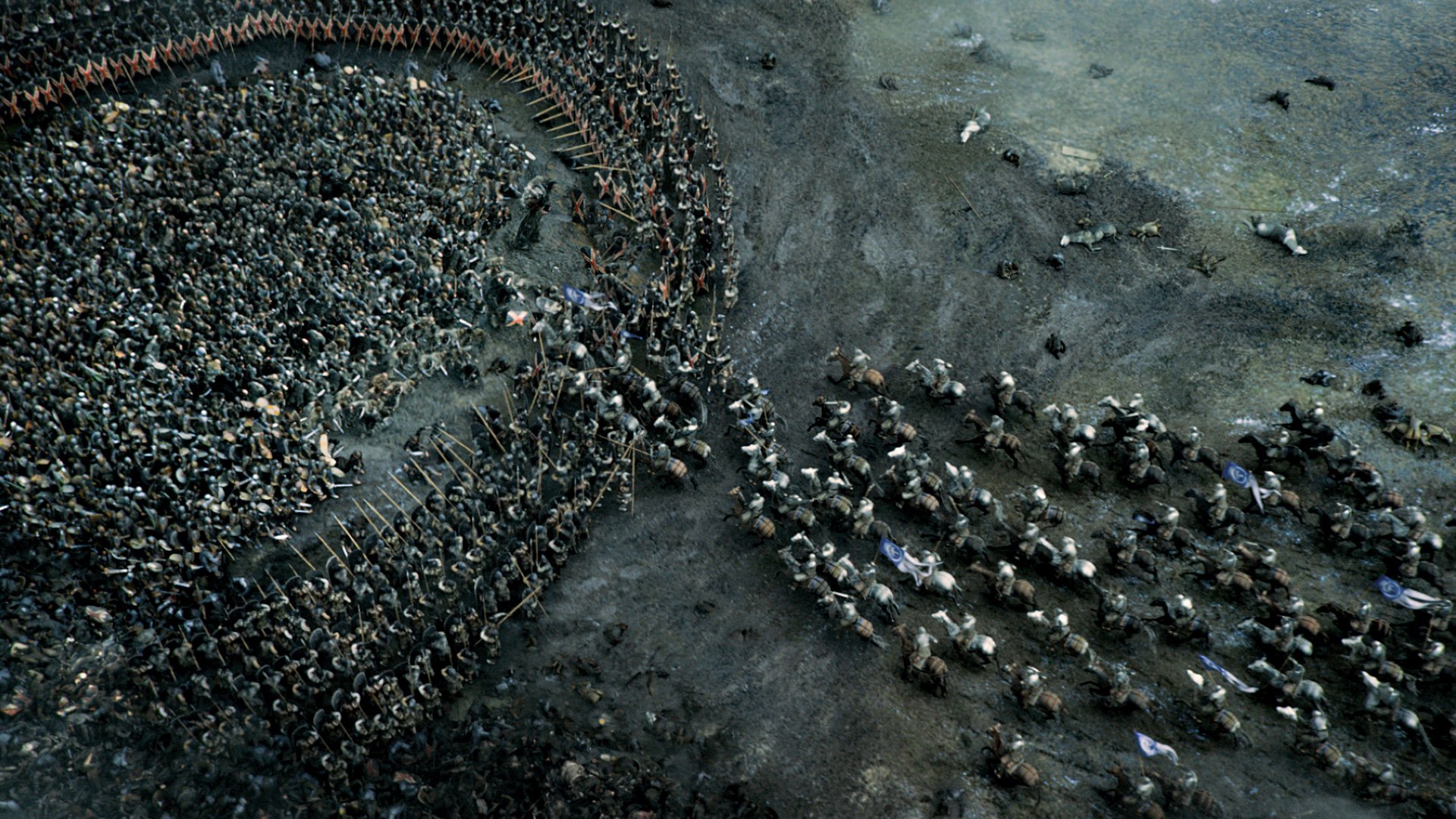
The director displays an objective perspective when we see more than one person in the frame. When the camera is fixed on a character, the author wants to convey the subjective perception and feelings of the hero. In the movie Atonement, for example, this allows Saoirse Ronan’s character to be seen as an unreliable narrator. As the shots follow each other, we see that he is lying. If the director wants to show not only objectivity but also the dimension of the event, he uses the “God’s gaze” technique. Alexander appears frequently in historical series such as Spartacus and Game of Thrones. The camera then floats through the air and shows a battle in which thousands of soldiers died. If suddenly a hero is shown in close-up, we feel like lonely grains of sand in this world.
Source: People Talk
Errol Villanueva is an author and lifestyle journalist who writes for The Fashion Vibes. With a passion for exploring the latest trends in fashion, food, travel, and wellness, Errol’s articles are a must-read for anyone interested in living a stylish and fulfilling life.

